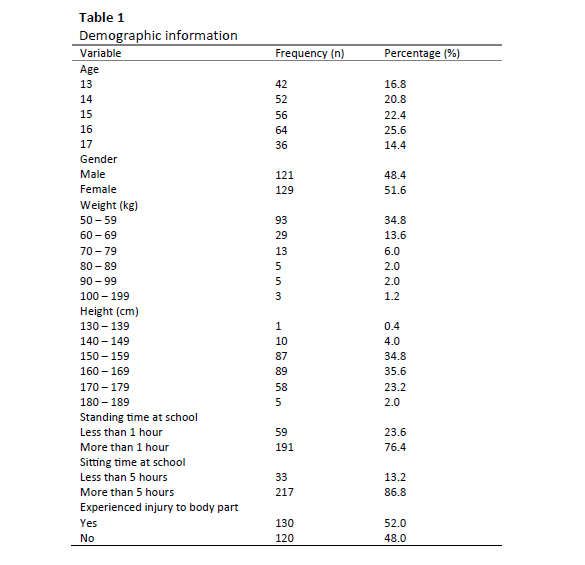The Influence of Knowledge, Practices, Attitudes and Perceptions on Students' Comfort in using School Chair at Secondary School in Perlis, Malaysia
DOI:
https://doi.org/10.37934/arbms.39.1.100112Keywords:
Ergonomics, discomfort, Borg’s scale, product safety, KAPAbstract
The design of school chairs plays a crucial role in supporting students' comfort and the effectiveness of the learning process. This study examines the influence of knowledge, practices, attitudes, and perceptions on students' comfort level in using school chairs at Perlis’s Secondary School. Non-ergonomic chair designs are often associated with discomfort, musculoskeletal disorders, and reduced focus in learning. This research utilizes a quantitative methodology through a questionnaire survey conducted with 250 students chosen via simple random sampling. Findings showed that Students demonstrated a high level of awareness of ergonomics' benefits (80.8%) and importance in chair design (80.8%). In total, 36.0% of students strongly agreed that non-ergonomic chair designs cause health problems and discomfort. A multiple linear regression analysis shows that R² is 0.993, which means that 99.3% of the variation in student satisfaction is explained by the independent variables in the model. The most dominant factor influencing students' comfort levels is attitude (B = 0.5981). This study suggests that schools and policymakers should focus on ergonomic factors in chair design to enhance students’ comfort and well-being. It is hoped that the findings of this study can serve as a guide for relevant stakeholders to improve educational infrastructure in Malaysia.

















